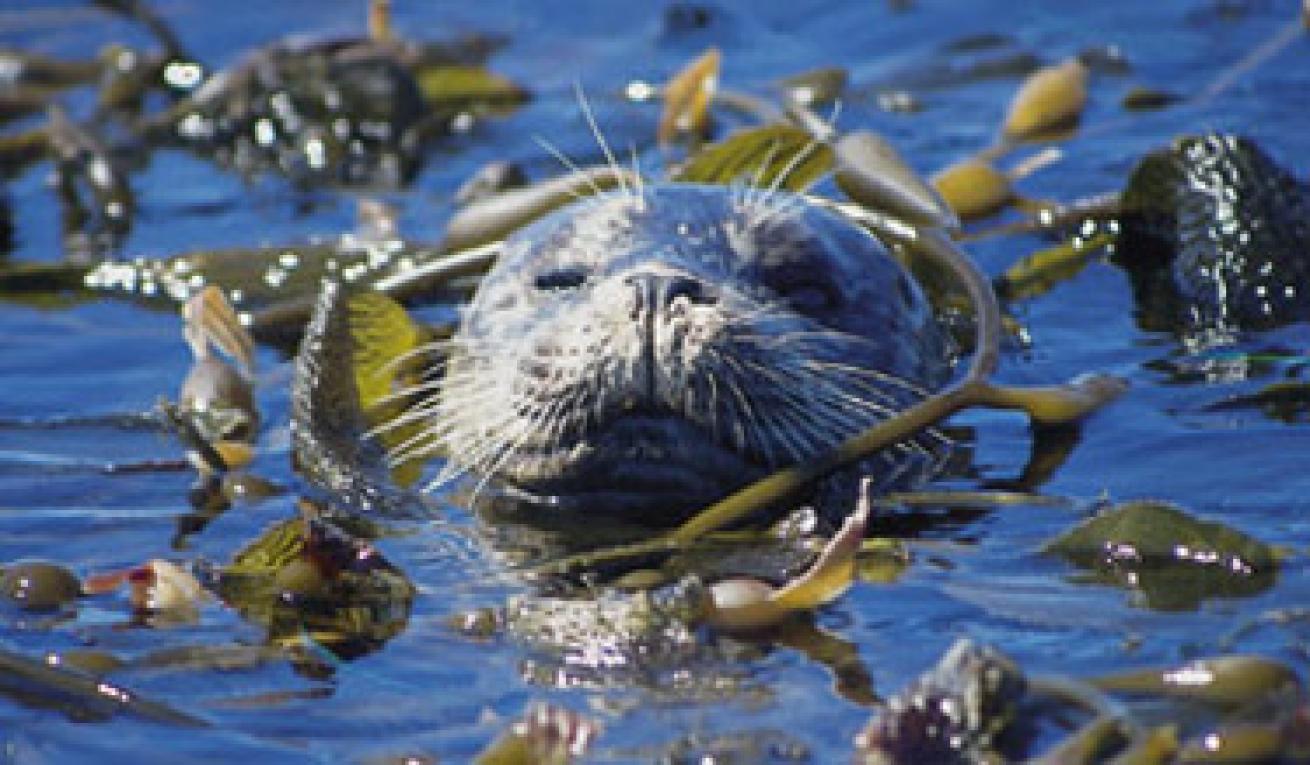Pacific/Western US
California

This monster of a state is not easy to categorize. For starters, California-the fifth largest economy in the world-is so diverse that it includes four of the five major climate zones; only the hot and rainy tropical climate is not found here. It has 1,000-plus miles of stunning coastline, much of which is gloriously divable, all of it distinctive. The key dive areas offer different attractions, making it impossible even for veteran California divers to exhaust all the submarine options. At the northern end of the state, divers hit the chilly waters all along the rocky shoreline; one of the most popular spots is the picturesque town of Mendocino. Mid-state divers flock to Monterey, renowned for its lush and mysterious kelp forests and scenic coves. To the south are the Channel Islands, off Santa Barbara, a dramatic island chain that features myriad pinnacles and swarms of sea lions and seals. Still farther south are dive sites around Orange County and the L.A. area, with Palos Verde and Redondo Beach being two favorites. And at California's southern edge, San Diego offers a fleet of wrecks that, in the 10 years since most of them were sunk, have made this border city a must-dive destination.
Dive In
Weather > California is relatively warm and sunny year-round, with temps generally between 60 and 80 in Southern California. In winter, Northern California temps drop into the 40s, but can reach the 80s in the summer.
Average Water Temp > In Southern California, water temps range from the high 40s to the mid-70s depending on the season. The central and northern coasts usually see temps between 45 and 58.
Average Visibility > Varies widely, but on average is 30 to 80 feet, with some southern sites topping 100 feet in fall and winter.
Travel Savvy > Take a scenic road trip along twisty Highway 1. It's the best way to get psyched for any number of shore dives.
Destination Links > www.visitcalifornia.com.
California

This monster of a state is not easy to categorize. For starters, California-the fifth largest economy in the world-is so diverse that it includes four of the five major climate zones; only the hot and rainy tropical climate is not found here. It has 1,000-plus miles of stunning coastline, much of which is gloriously divable, all of it distinctive. The key dive areas offer different attractions, making it impossible even for veteran California divers to exhaust all the submarine options. At the northern end of the state, divers hit the chilly waters all along the rocky shoreline; one of the most popular spots is the picturesque town of Mendocino. Mid-state divers flock to Monterey, renowned for its lush and mysterious kelp forests and scenic coves. To the south are the Channel Islands, off Santa Barbara, a dramatic island chain that features myriad pinnacles and swarms of sea lions and seals. Still farther south are dive sites around Orange County and the L.A. area, with Palos Verde and Redondo Beach being two favorites. And at California's southern edge, San Diego offers a fleet of wrecks that, in the 10 years since most of them were sunk, have made this border city a must-dive destination.
Dive In
Weather > California is relatively warm and sunny year-round, with temps generally between 60 and 80 in Southern California. In winter, Northern California temps drop into the 40s, but can reach the 80s in the summer.
Average Water Temp > In Southern California, water temps range from the high 40s to the mid-70s depending on the season. The central and northern coasts usually see temps between 45 and 58.
Average Visibility > Varies widely, but on average is 30 to 80 feet, with some southern sites topping 100 feet in fall and winter.
Travel Savvy > Take a scenic road trip along twisty Highway 1. It's the best way to get psyched for any number of shore dives.
Destination Links > www.visitcalifornia.com.






